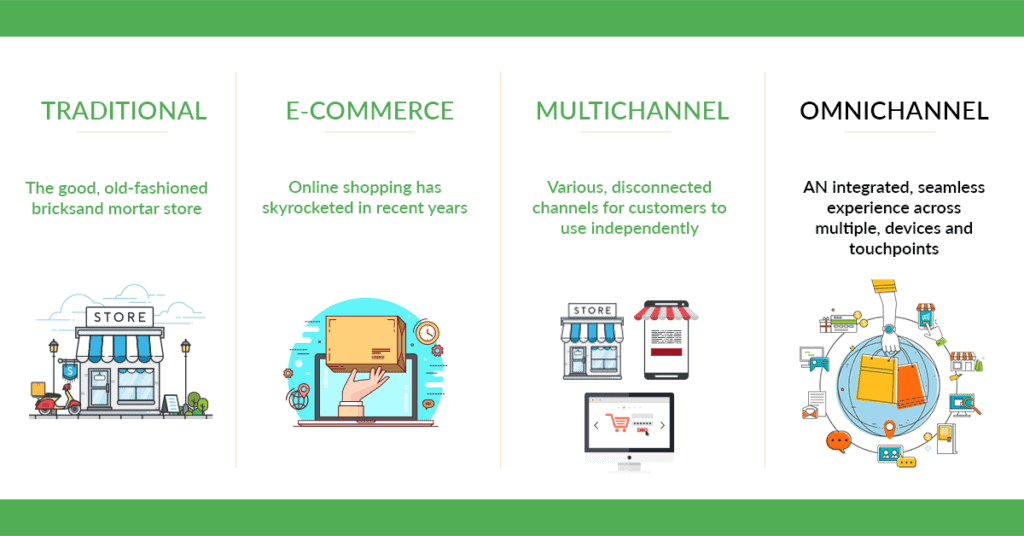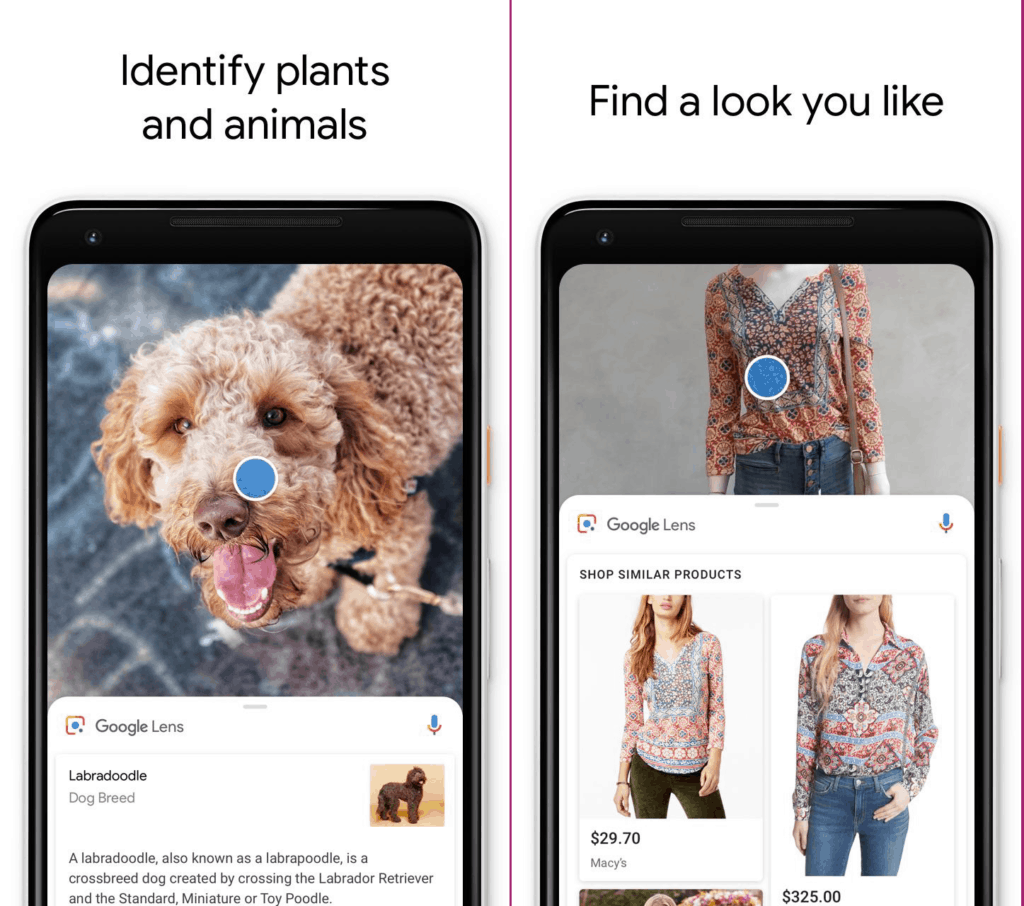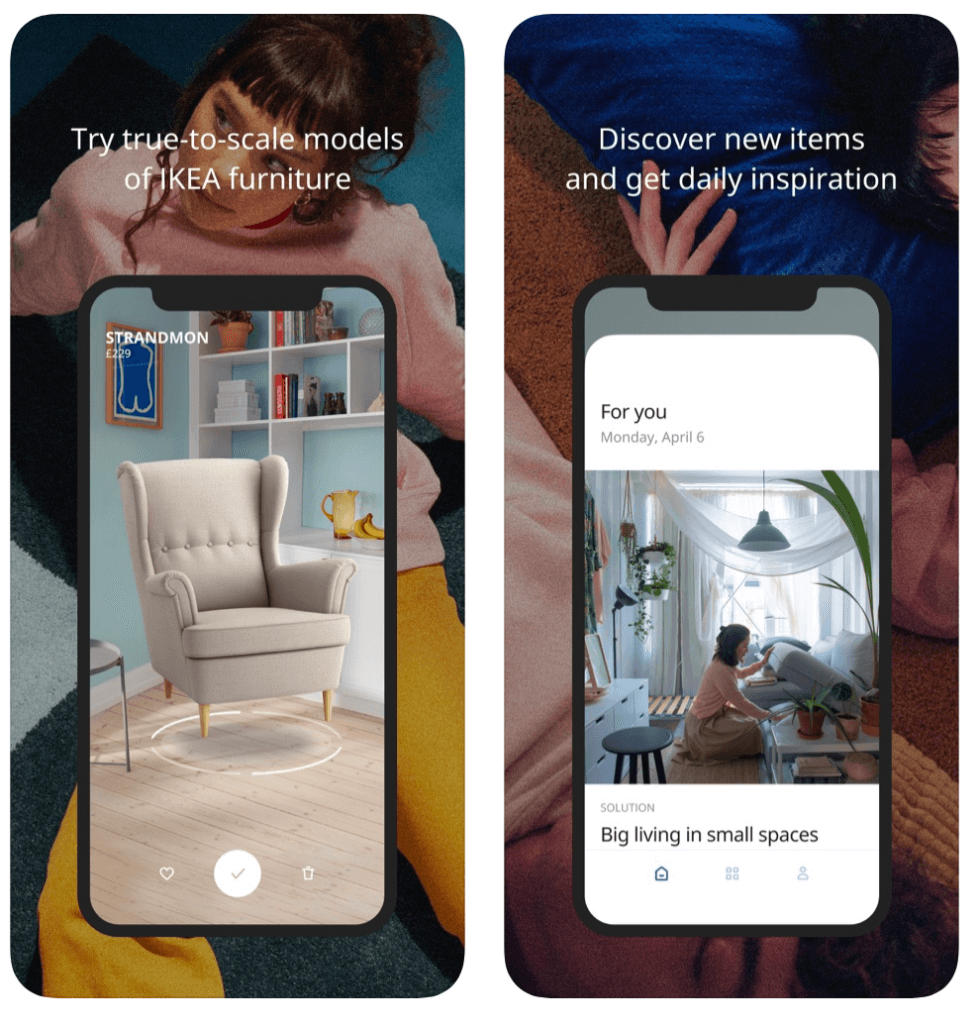
As we become more and more reliant on using smartphones, mobile marketing becomes more critical for modern brands.
Certain trends have become obvious, and ignoring them puts a serious damper on our branding results. Here are mobile marketing trends that you absolutely have to pay attention to, and should consider implementing before we hit 2020.
1. Omnichannel Marketing
You have to keep in mind that not all mobile interactions start or end on your smartphone. Users are navigating from multiple devices. Their buying journey may start through voice search on a smart assistant and continue on a mobile device.
Browsing the web has become very fragmented and harder to monitor. There are no longer linear sales funnels any more because interactions have become faster and scattered across devices.
There are gaming platforms, smart TVs, and even smart home devices. We are living in an age where you can stream television through a smart fridge. Times are changing. Your marketing efforts need to reflect that.
Here’s a detailed omnichannel marketing guide and how to implement it in your overall marketing strategy:

2. Visual Search
Ok, some of marketing trends really start resembling sci-fi movies. These days you can point your phone camera to any object around you to associate web search!
Google Lens is an image recognition technology developed by Google, designed to bring up relevant information related to objects it identifies using visual analysis based on a neural network.

If you haven’t got serious about visual marketing yet, this trend should have encouraged you to!
3. Ever Evolving Instagram Ads
Traditionally mobile-only, Instagram is growing by the day, and they have been getting into the advertising game for awhile as their user base increases. Some bigger brands have been getting on board with the platform and started marketing from there, but the crowd is still pretty thin.
Instagram is adding new and new advertising options every year. This year they are introducing ads inside their Explore section where users would go to discover new content and feeds:

That makes it a great place to start setting your own ads, with great returns. Of course that means you should be putting a good amount of focus on your overall Instagram marketing strategy. If you haven’t launched one, it is a good time to start.
4. Augmented Reality
Augmented reality (AR) works by overlaying virtual objects on top of a real-world environment (usually by using the camera on a smartphone).
If you experienced the hubbub of Pokemon Go, you witnessed augmented reality in action. Other examples include IKEA Place offering you to virtually “place” IKEA products in your room and Timberland building a virtual fitting room (known as magic mirror).

5. Video Ads
Video ads are a little bit controversial right now. The data still isn’t in on how effective they are, and different sources report wildly different success rates. But there is no denying that more brands are using them, including on mobile marketing.
Platforms like YouTube are especially reliant on the advertising form. You may want to consider jumping on the bandwagon and trying it for yourself.
6. Mobile Apps In Google Search Results

Google started blending their first-page search results to include mobile apps a couple of years ago. Where you would normally see ads or universal search results in the top spots, you could find Google Play and iTunes recommendations right on the first page.
These days Google is also showing the whole section filled with related Google Apps including average ratings and price. Advertisers are also welcome to advertise their official app right inside their sponsored listing.
Apps already make up a huge chunk of mobile usage these days. Even if you don’t have an app yet, it is worth making one just to take advantage of their popularity, and Google’s new promo guidelines.
7. Social Commerce
As mentioned, ecommerce is becoming increasingly omni-channel, i.e. unifying every sales channel to create a single commerce experience has recently become the only way to go.
It has also become highly cross-platform: Driving sales from Google only is no longer sustainable. These days of mobile apps and social media ads, you can monetize your social media presence and create multiple marketing channels.
With Facebook focusing more on “buy now” buttons, and platforms like Instagram and Pinterest really pushing the ecommerce side, we are now seeing a socialization of online consumerism.
The line between shopping cart and social media has been blurred, and it is time to take advantage of that. Not only can you begin to use social platforms for direct sales and lead building (which works great via mobile devices), but you can make your own site more social. The early, creative birds get the worms here.
8. New Payment Systems
Payment systems are seriously changing. Samsung has a payment platform that can be used almost anywhere, in spite of whether they are optimized for it or not.
Services like PayPal are being accepted from big names like Walmart. Smartphones have their own wallets, such as through Apple Pay. It is no longer an option to ignore these new ways to pay, because customers would rather go with a brand that offers the choice.
9. Customized Lifestyle Apps
What can we learn from products like the FitBit? That apps are no longer accessories, they are lifestyles.
People use mobile devices to reflect and enhance the way that they live, such as through fitness apps (FitBit, MyFitnessPal), financial assistance (Mint, Mint Bills), and even smart homes (iSmartAlarm). You can promote your services by creating a lifestyle based app of your own.
Have you noticed any hot mobile trends in marketing lately? Let us know in the comments!
Content Copyrights Belong to The Author. All Rights Reserved.
We're A Dallas Digital Marketing Agency That is Experts At Social Media Marketing, Website Design and Emarketing and Promotion.



